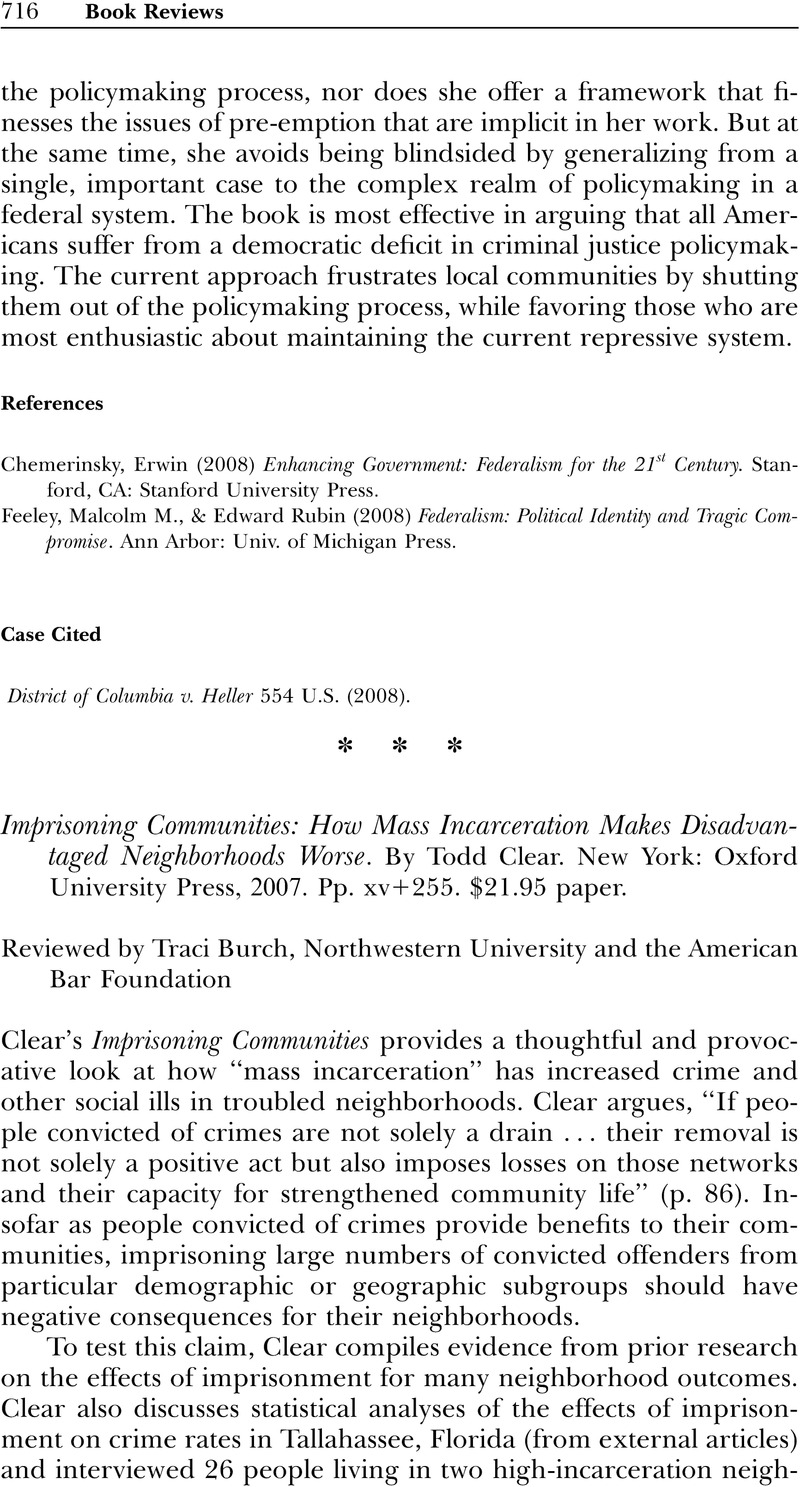Crossref Citations
This article has been cited by the following publications. This list is generated based on data provided by Crossref.
Hofmann, Lena A.
Lau, Steffen
and
Kirchebner, Johannes
2022.
Maintaining social capital in offenders with schizophrenia spectrum disorder—An explorative analysis of influential factors.
Frontiers in Psychiatry,
Vol. 13,
Issue. ,



